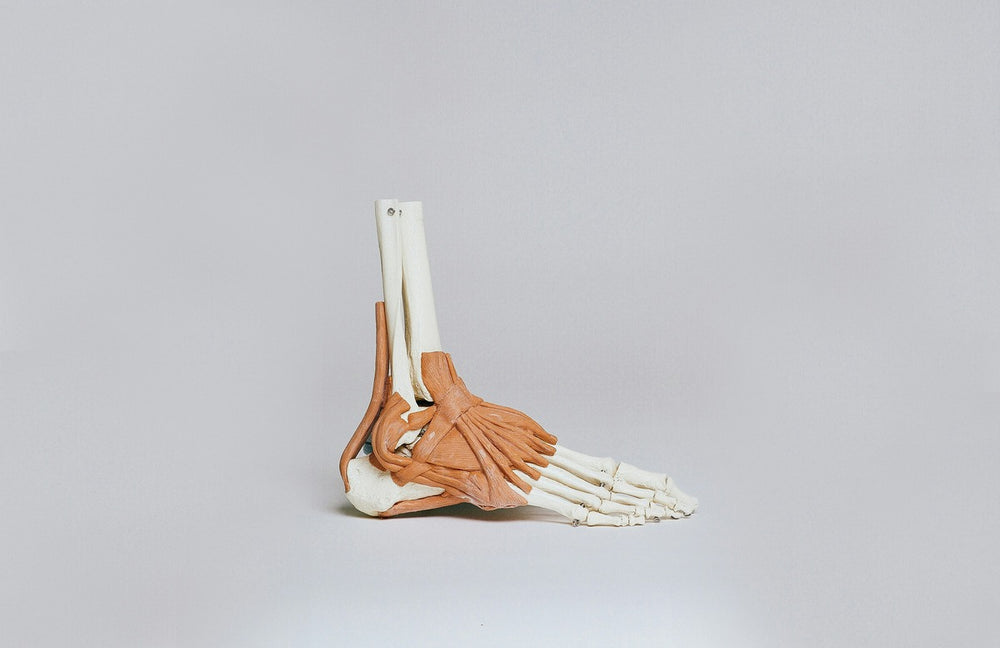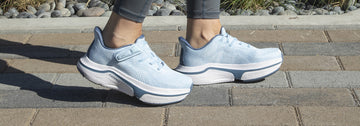Peroneal Tendonitis Exercises


Posted by:
Johannes Sauer
Reviewed by:
Updated at: April 29, 2025
CHECK OUT THE LATEST IN ADAPTIVE FOOTWEAR...
FAQ
What is the fastest way to cure peroneal tendonitis?
What aggravates peroneal tendonitis?
How long does it take for a peroneal tendon strain to heal?
Is it okay to massage peroneal tendonitis?




![[color: black] Original Men's Adaptive Shoe](http://cadense.com/cdn/shop/files/Mens-BLK-T1-LG.jpg?crop=center&height=300&v=1765338442&width=300)
![[color: white] Original Women's Adaptive Shoe](http://cadense.com/cdn/shop/files/Womens-WHT-T1-LG.jpg?crop=center&height=300&v=1765381322&width=300)





